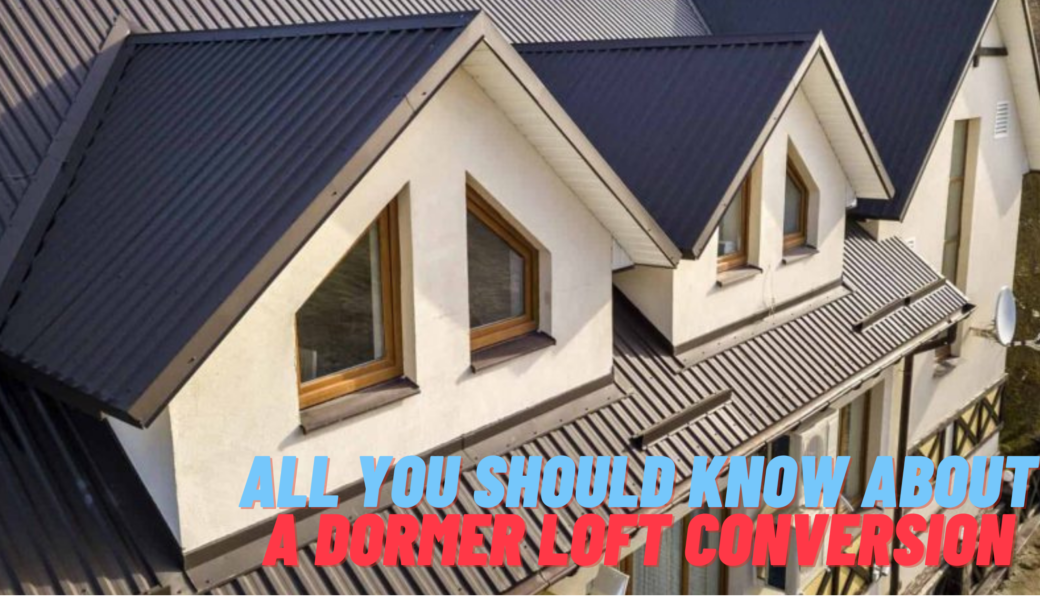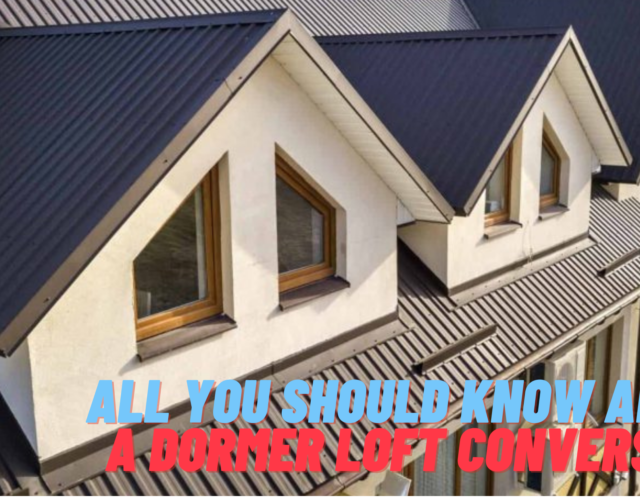Most families in the UK are faced with a shortage of space in their home, especially in the cities. The cost of stamp duty and lack of a new home makes it difficult for most people to buy bigger houses to accommodate the growing family.
This has made loft conversion a popular option for homeowners looking to get extra space in their home for different purposes. Moving to a new house is no longer an option for most people as a loft conversion will save you a lot of money and the stress of moving houses while adding value to your current home.
If you want to convert your loft, you may want to opt for a dormer loft conversion, one of the most common types of loft conversions. However, you need to understand what this loft conversion entails.
What is a dormer loft conversion?
A dormer loft conversion involves adding a box-shaped structure to a pitched roof to create a wall at a 90 degrees angle to the floor. This loft conversion expands both the floor and headspace of a loft, creating more space in the loft.
Types of dormer loft conversions
Different dormer loft conversion types are available to ensure that you get a loft conversion that suits your home. The different types of dormer loft conversions include:
-
Flat roof dormer
A flat roof dormer is a dormer that has a flat root sitting horizontally to it.
-
Shed dormer
A shed dormer is a flat roof, which slopes down.
-
L-shaped dormer
An L-shaped dormer has two parts that form the L shape.
-
Hipped roof dormer
A hipped roof dormer looks like a dog house dormer, but it has three sides.
Is my home suitable for a dormer loft conversion?
Most homes with loft space and a pitched roof can have a dormer loft conversion. Homes with a flat roof may be suitable for a loft conversion, but this type of loft conversion will not be a dormer. A dormer loft conversion adds more headspace to a loft, so they are suitable for homes with a small loft space.
Do I need planning permission for a dormer loft conversion?
Dormer loft conversions fall within the permitted development rights, which entitle you to carry out a home building project without getting planning permission, provided you adhere to the building regulation.
Your dormer loft conversion may not be within the permitted development rights in the following circumstances.
- Your home is in a conservation area, or the building is listed
- The dormer is higher than 40m for a terraced house, or 50m in a detached or semi-detached home
- The height of the dormer is higher than the original roof
- The dormer has a balcony
- The dormer overlooks or overshadows your neighbour’s house
- The material used for the dormer loft conversion is different from the materials used for the other parts of the house
- Bats live in your loft- bats are protected species, so you need a special license to work on your loft
If your loft conversion falls outside the permitted development rights, you will have to apply for planning permission.
Building regulation and dormers
Depending on the loft conversion specifics, you may need planning permission, but you have to meet the building regulation. Building regulation is important for every loft conversion, so you have to get your local building authority’s approval before the conversion.
To comply with building regulations, you need to contract a loft conversion company with different professionals like a surveyor, architect and structural engineer. Your loft has to be safe, and you need to cover the following aspects of the building regulation.
- Insulation
- Electricals
- Headroom
- Soundproofing
- Stair design
- Fire safety
If you want to convert your loft to a bedroom, bathroom, home office, storage or even a gym, contact Loft London today on 020 7100 5428 to have an expert visit your home and survey your property. The cost of loft conversion is affordable, and you can have the extra space you need without spending a lot.












